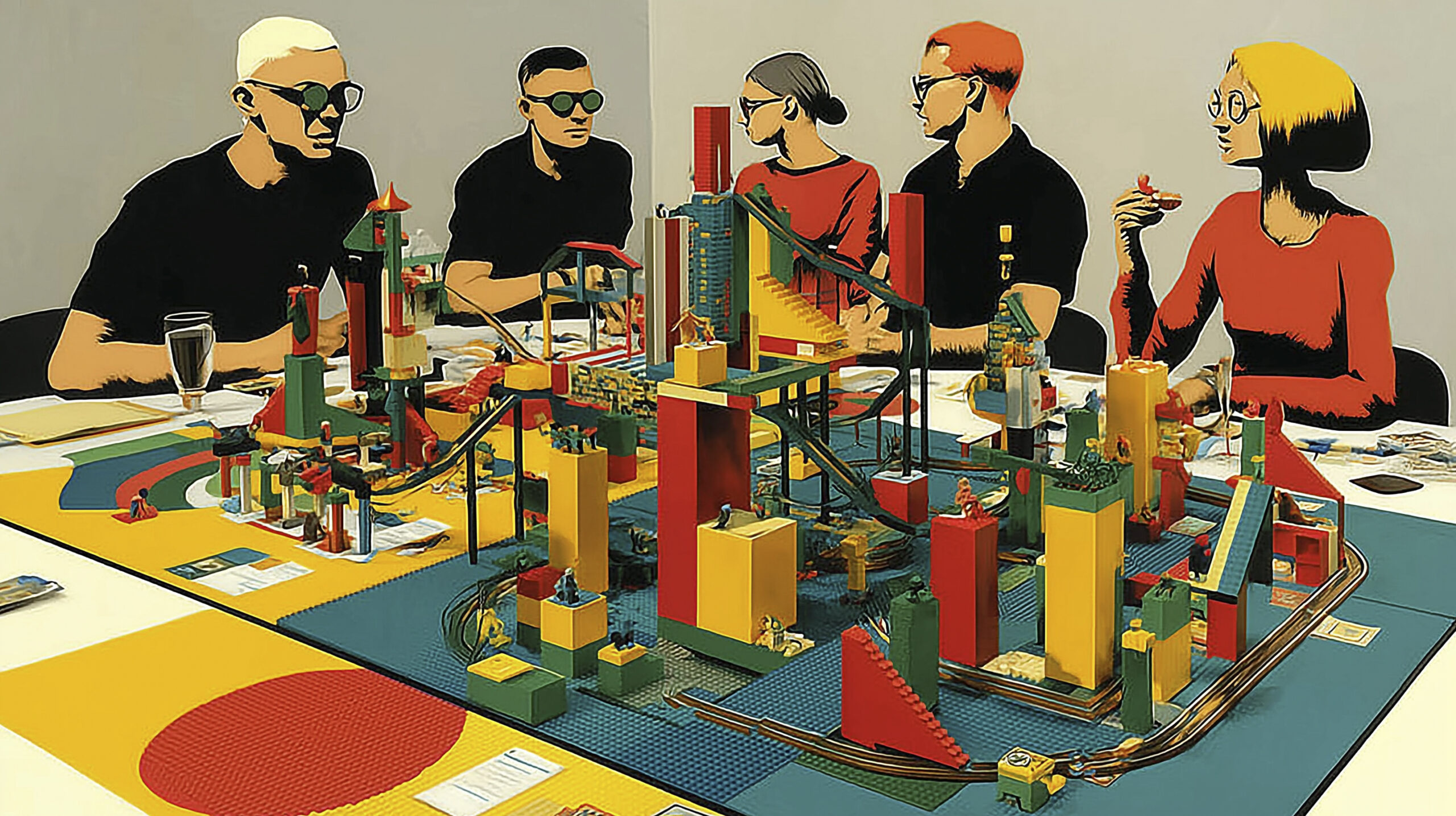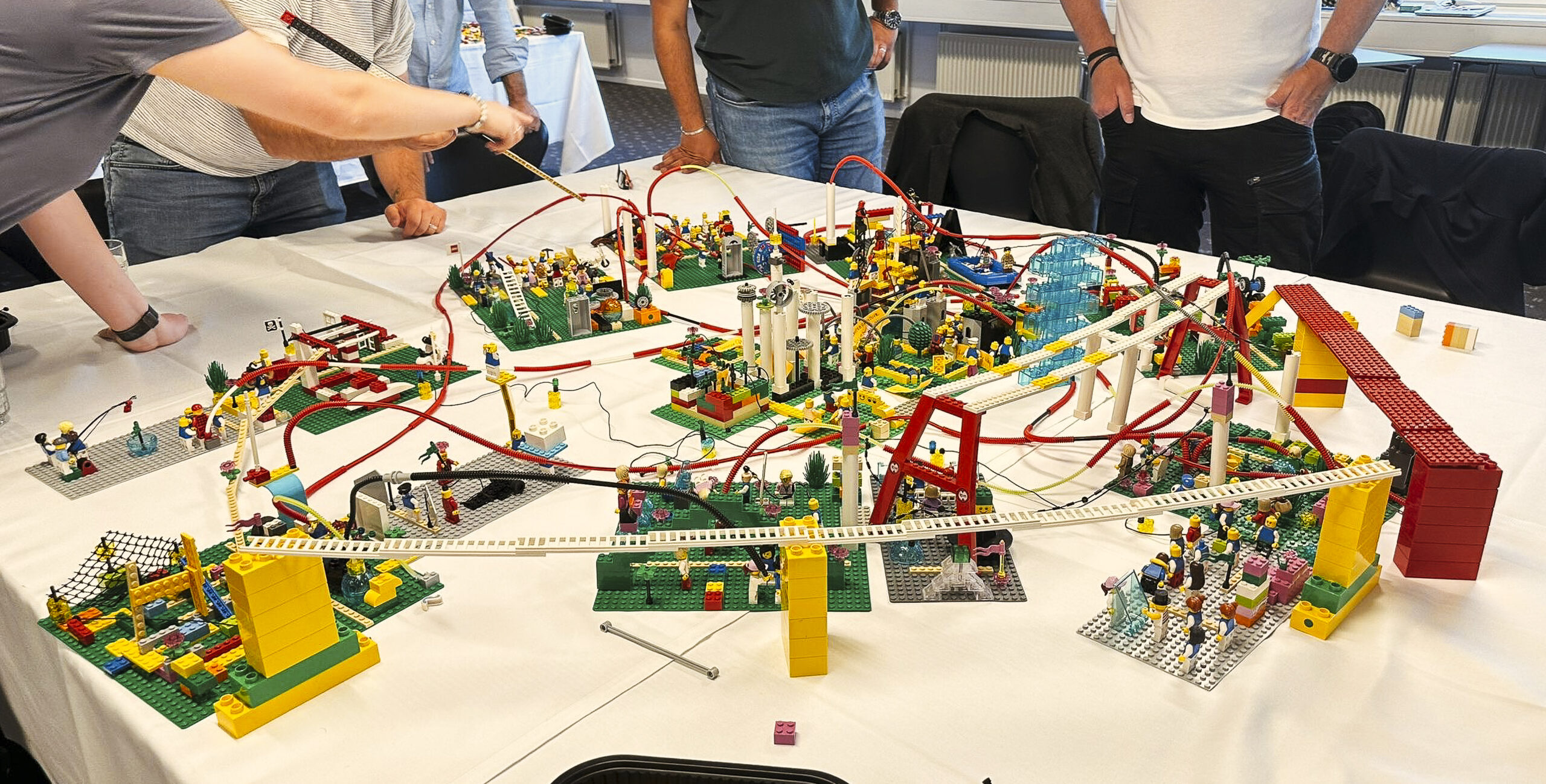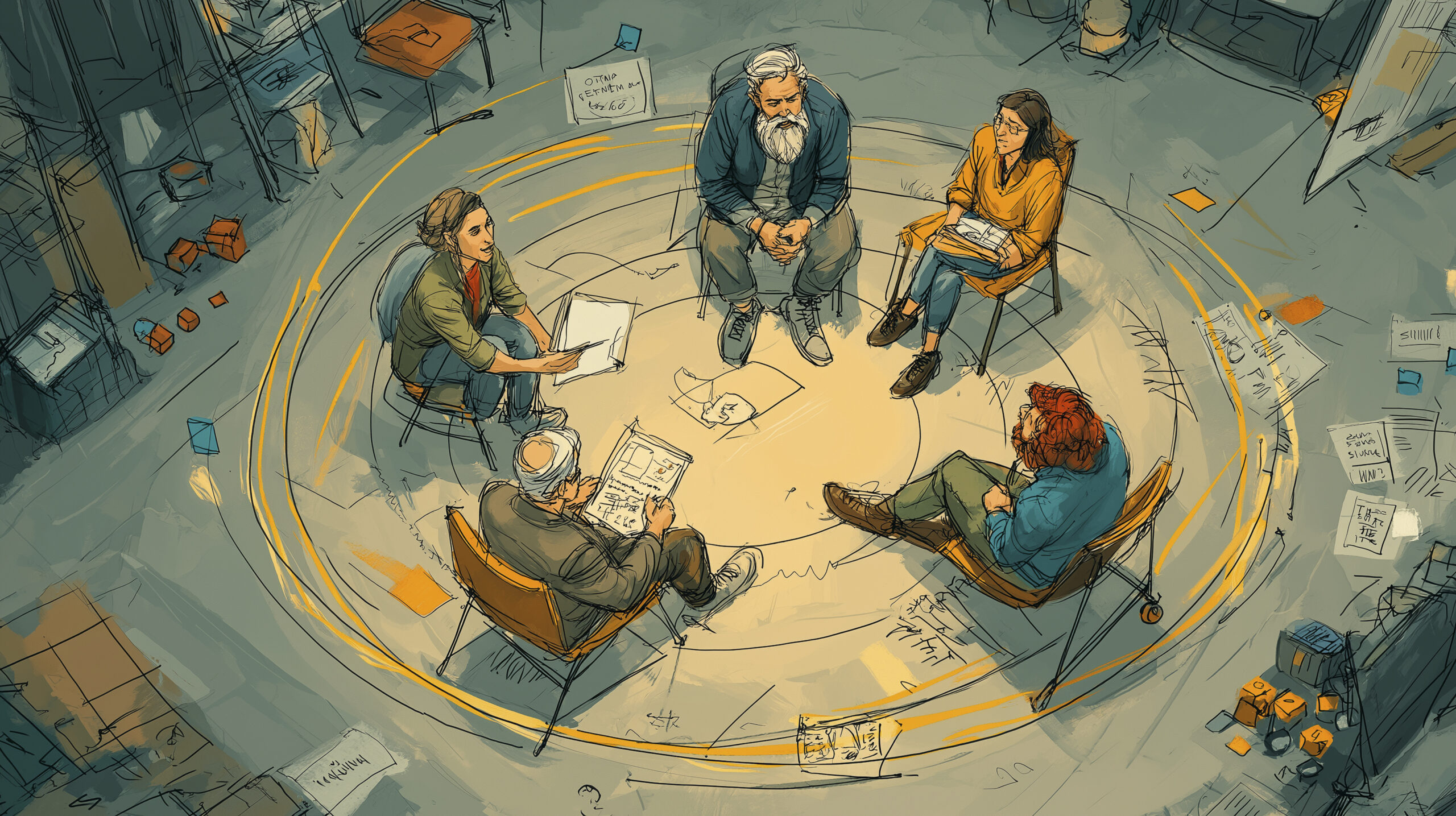We’re standing at the edge of a leadership revolution.
In an era where industries evolve overnight and complexity is the new norm, traditional leadership models — rooted solely in authority, hierarchy, or technical prowess — are no longer enough. The leaders of tomorrow must not only think critically and strategically; they must feel deeply, adapt creatively, and lead with a sense of shared purpose.
To effectively navigate this landscape, future leaders must cultivate both emotional intelligence (EQ) and creative intelligence (CQ). This integration fosters adaptability, empathy, and innovation — essential traits for modern leadership.
I am Chris — a facilitator, innovator, lecturer, and advocate for progressive leadership development.
The Case for Emotional and Creative Intelligence
The significance of emotional intelligence in leadership has been well-documented. According to the Center for Creative Leadership, EQ enables leaders to connect authentically with their teams, enhancing engagement, trust, and productivity.
Creative intelligence, likewise, is a key driver of innovation. As highlighted by Harvard Business Review, leaders shape the environment in which creativity can either flourish or wither. Their mindset and behavior set the tone for experimentation, collaboration, and breakthrough thinking.
And when these intelligences are combined, the result is a leadership style that is not only effective — but transformative.
A Moment That Brought It All to Life
Last week, during a live brand strategy pitch at HU, I witnessed something remarkable.
One student team began their presentation not only with data or slides, but with a bit of theater. They stepped into the shoes of their target audience — interpreting a persona through acting, empathy, and humor. Instantly, the pitch came alive. The room was engaged not just intellectually, but emotionally.
This wasn’t just a creative gimmick. It was a masterclass in connection.
By embracing the end user’s perspective, these students made more intentional, human-centered decisions throughout their strategy. One student later shared how overwhelming the process felt at first — the complexity of crafting a brand strategy, the weight of information. But with effort, curiosity, and a mindset open to empathy, the outcome became a powerful, actionable plan ready to be implemented by the client.
“Because maybe the future isn’t just about being more intelligent — maybe it’s about being more intelligently human.”
This is the kind of learning — and leadership — we need more of.
Rethinking Leadership: From Rigid to Relevant
What if we flipped the narrative?
What if we stopped treating emotional and creative intelligence as “soft skills” — and started recognizing them as strategic essentials?
- Emotional Intelligence (EQ) equips leaders with empathy, adaptability, and clarity in communication.
- Creative Intelligence (CQ) drives innovation, open-mindedness, and the ability to reframe challenges.
- Together, they enable decisions that are not just efficient, but human-centered and future-ready.
Here’s what this integration unlocks:
- Enhanced Problem-Solving: Blending empathy and creativity leads to more holistic and innovative solutions.
- Improved Team Dynamics: Leaders with high EQ foster psychologically safe spaces where creativity can thrive.
- Greater Adaptability: In fast-changing environments, those who think creatively and connect emotionally can pivot with purpose.
From Mindset to Practice
So how can organizations build this capacity?
It starts with mindset — and is reinforced through facilitation. Workshops designed to develop emotional and creative intelligence can help teams explore new perspectives, embrace ambiguity, and build shared understanding. When thoughtfully facilitated, these experiences don’t just teach skills — they transform ways of thinking.
Conclusion: Leading with Heart and Imagination
As business leaders and HR professionals, you have the power to shape the next generation of leadership. By fostering a culture that values both emotional and creative intelligence, you create space for deeper engagement, more meaningful work, and more resilient innovation.
The payoff? Stronger teams. Stronger brands. And a more human approach to navigating uncertainty.
Because maybe the future isn’t just about being more intelligent — maybe it’s about being more intelligently human.



